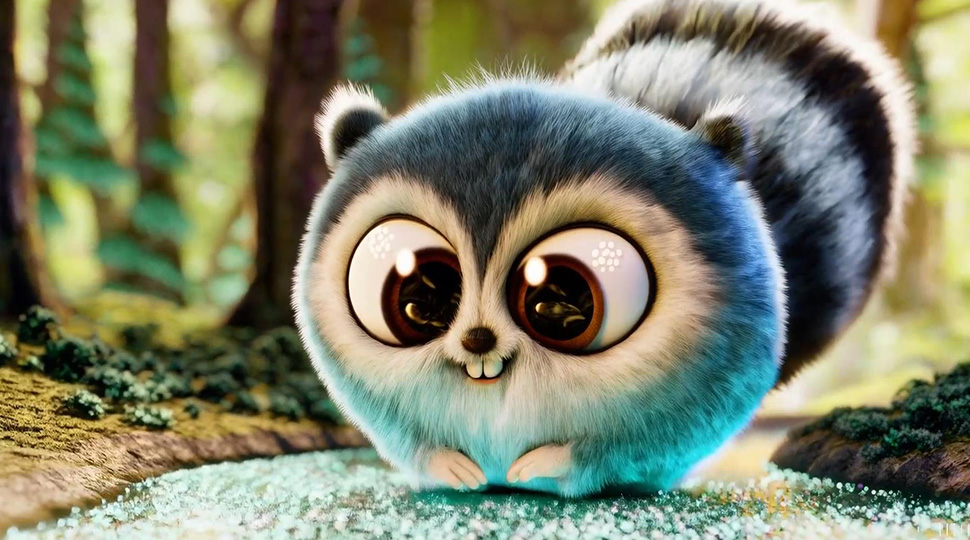What is Sora (by OpenAi)?
OpenAI just rolled out another artificial intelligence powered tool called Sora and I have to say it is pretty mind-blowing. Picture this: you type up whatever scene pops into your head, hit enter, and bam, there’s your video. Turning thoughts into visuals with a few words. But as cool as it sounds, it’s got us in the creative industry doing a bit of a double-take. Sure, it’s a game-changer for making content but it should get us all creatives thinking and talking about where the lines are drawn.
How do we balance this incredible power to conjure up videos and animations from thin air and make sure it is used wisely?
Sora and Future of Creative Jobs
As the creative director of an animation company, I’ve been keeping a close eye on how AI is shaking things up in our field. One thing that’s been on my mind a lot is how technologies like Sora are changing the job landscape for folks in creative professions. Sure, AI has the chops to handle some tasks on its own, possibly nudging some jobs to the side.
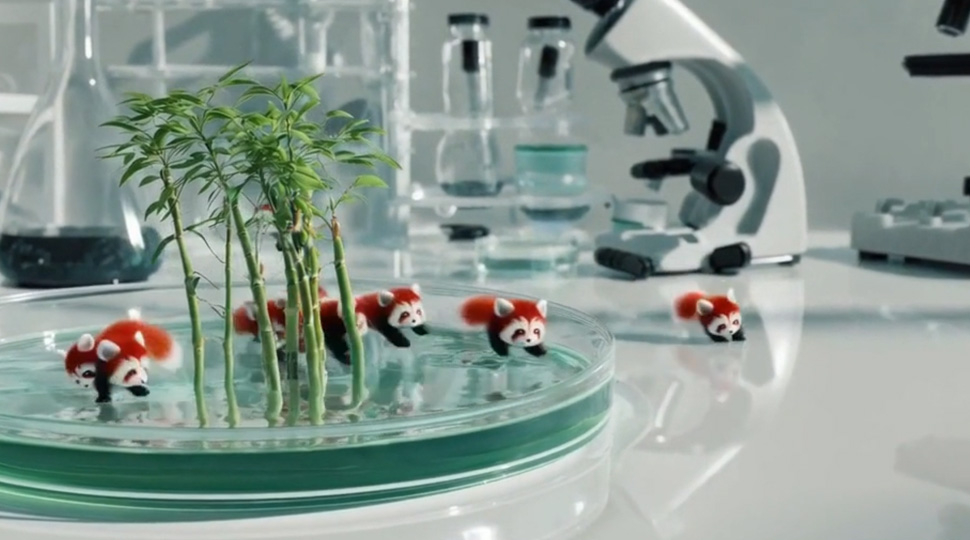
But it’s important to remember that the spark of creativity and that gut feeling for art? Those are purely human. AI can’t mimic that completely. So, rather than seeing AI as a stand-in for human creativity, I think it’s better to view it as a tool that boosts what we can do. It lets us zero in on the really creative and subtle parts of our work, making our jobs not just easier, but more exciting, too.
Problem of Originality
There’s something about AI that’s been bothering many in the creative industry. It’s all about how it learns from existing pool of artworks (illustrations, animation, typography etc) to make something new. But does that really make it original or innovative? If AI just keeps going back to the same old stuff, aren’t we just going around in circles with the same ideas? That could really put a damper on true creativity and the birth of fresh styles. Imagine the impact on the variety and depth of artistic expression if we let that happen.
And let’s not forget about what makes art, well, art. It’s that human touch, the story of us, our dreams, our fears that are scribbled down, painted or animated. If we’re leaning too much on AI, do we start to lose that personal signature that makes art resonate so deeply with us?
Use Sora in The Right Place
Incorporating AI technologies such as Sora into professional software tools such as Adobe After Effects or Cinema 4D, offers a more balanced approach. By giving designers and animators the tools to quickly create and tweak 3D models or 2D animations, we can reduce the time needed for content creation.
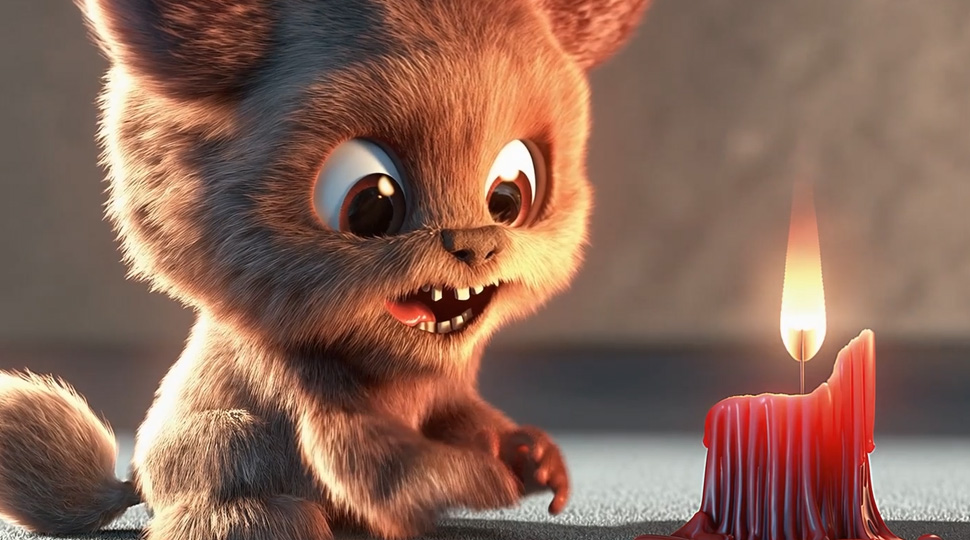
For example, modeling a complex 3D object that takes 2 hours can be done in a matter of minutes using Sora added to a 3D software. Or creating a hand drawn frame-by-frame animation using Sora in Adobe After Effects or Adobe Photoshop that can be done in one day rather than one month.
This method does not take away from the essential value of human creativity but rather supports it. It ensures that creative community stays at the leading edge of innovation and artistic discovery. It’s like having an efficient assistant who takes care of the more repetitive tasks, allowing professionals to spend more of their time and energy on the creative parts of their work.
Project Ownership Problems with Sora
A major issue that arises with the use of AI in creative projects is the challenge of ownership and the authenticity of the generated content. When brands use Sora (or similar AI generators) to create content, they encounter some serious restrictions.
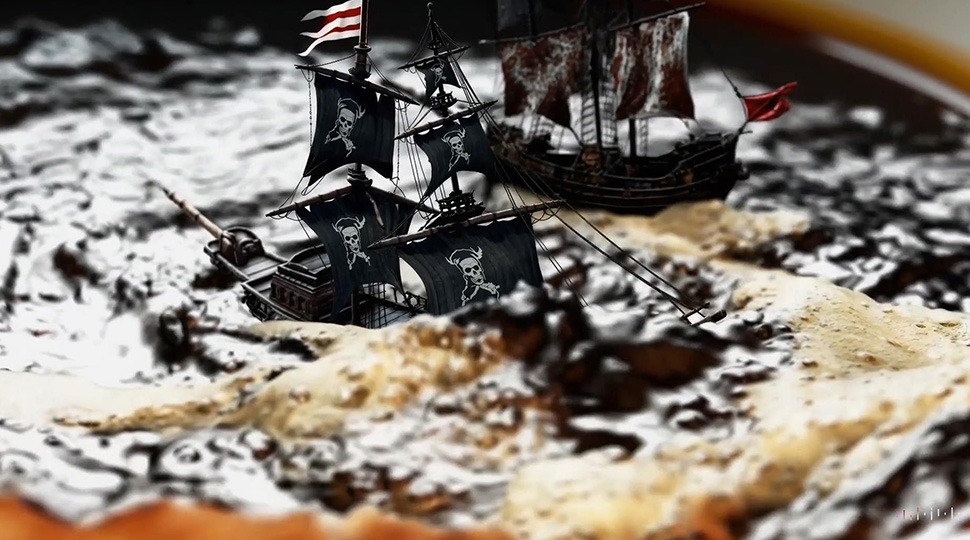
They will not own the project files because there is no project file to begin with; everything is generated by one big smart AI system. If they don’t own it and cannot remove the result from the AI pool, then anyone can use the same AI to generate the exact same thing.
This situation can lead to a weakening of brand identity and a loss of originality. It’s essential for those in the creative field to develop definitive guidelines and practices that safeguard the rights of creators and ensure that AI acts as a support to creativity rather than an obstacle.
Uncontrolled Sora: Great Threat to Aspiring Artists
To further elaborate on the points raised earlier, it’s essential to consider the broader impact of AI on the creative ecosystem. The democratization of content creation through AI like Sora has its merits. It is making high-quality video or animation production accessible to more people. However, this accessibility should not come at the cost of diminishing the value of professional creativity and craftsmanship.
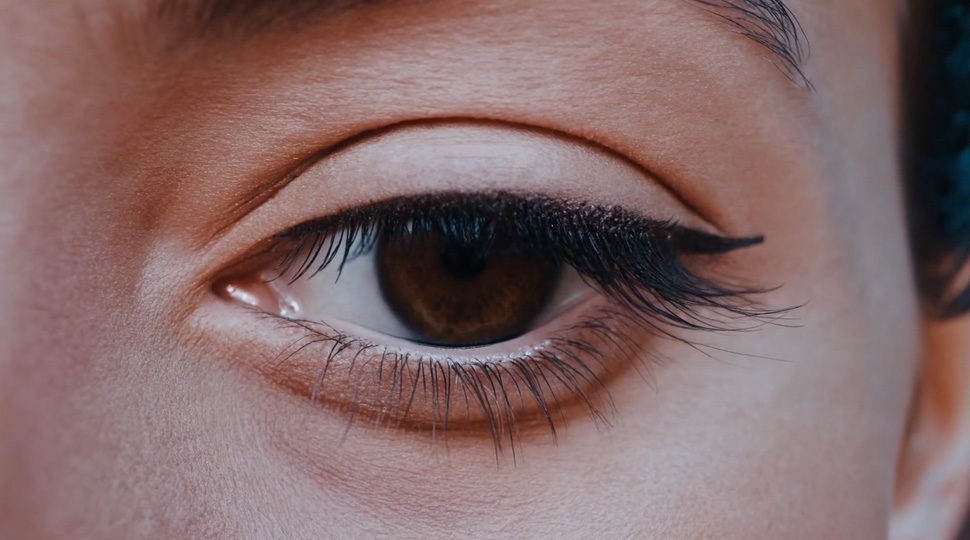
The conversation around AI in creative industries must also include the perspective of aspiring artists. For newcomers, the prospect of competing with AI might seem daunting, potentially deterring them from pursuing careers in art and animation. It’s crucial to foster an environment that encourages learning, experimentation, and growth for these individuals. By promoting a culture that values both human creativity and technological advancement, we can ensure a vibrant and diverse future for the creative arts.
The Ball is in Policy Makers Court
Addressing the challenges of AI-generated content requires collaboration among technologists, artists and policymakers. Developing standards and ethical guidelines for AI in creative work can help mitigate concerns around originality and ownership. It makes sure that creators are credited and compensated for their hard work and talent. Additionally, exploring new business models that leverage AI to enhance human creativity (as suggested above), rather than replace it, could provide a sustainable path for the industry’s evolution.
Final Thoughts
Wrapping up our talk, it’s pretty obvious that OpenAI’s Sora is a game-changer at the crossroads of AI and creative work. As we dive deeper into this new era, we’ve got to keep a level head about these tech advances.
It’s all about seeing their huge potential to shake up how we create, while never forgetting the unbeatable value of human touch in art. By striking this balance, we’re set to open doors to fresh ways of storytelling, designing and expressing ourselves. We should make sure that tech boosts our creative spirit instead of overshadowing it.


